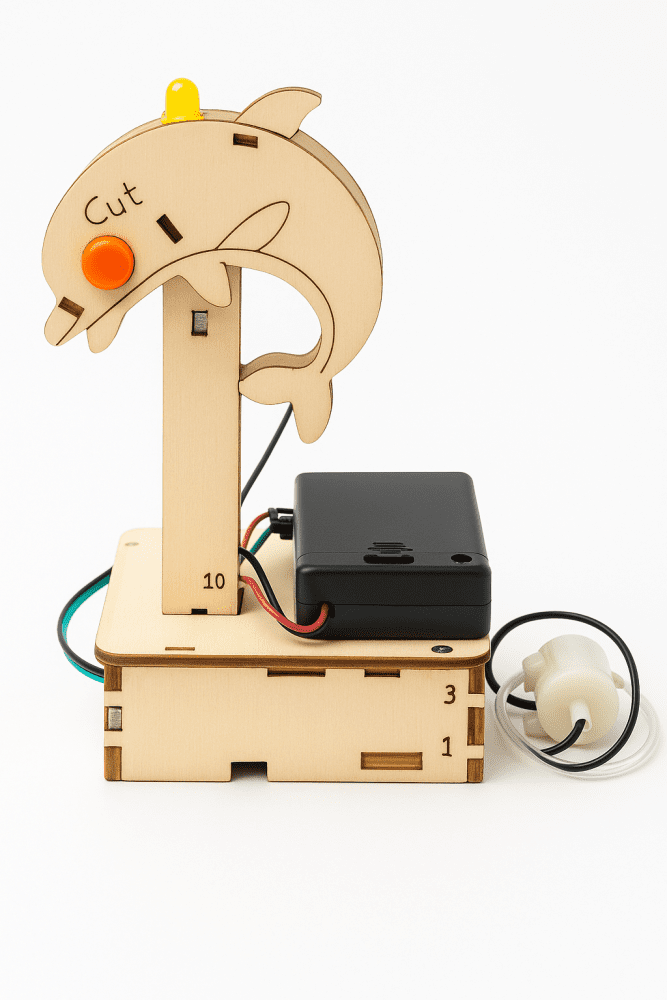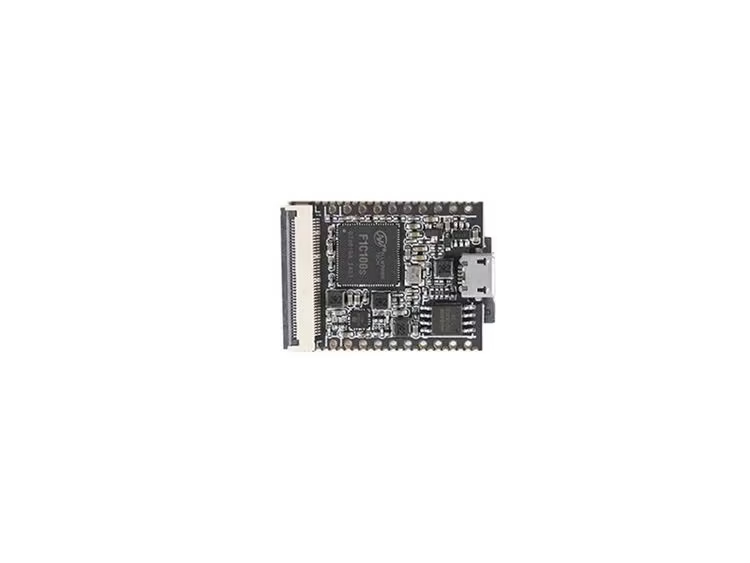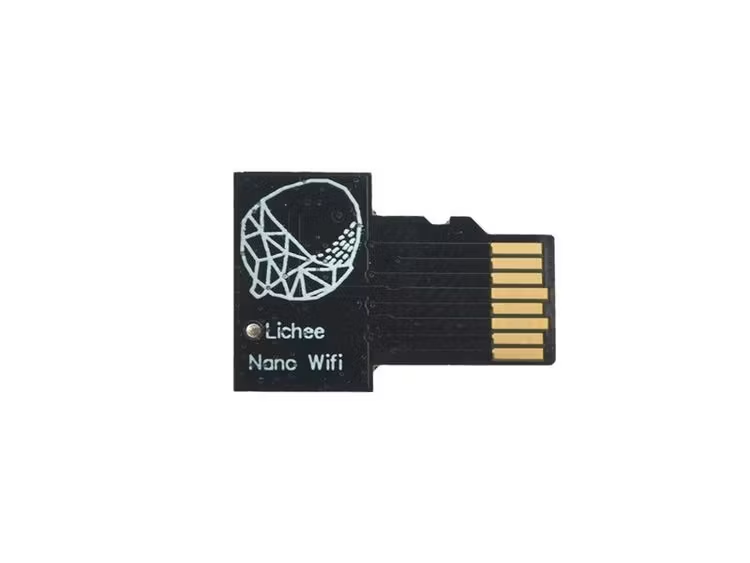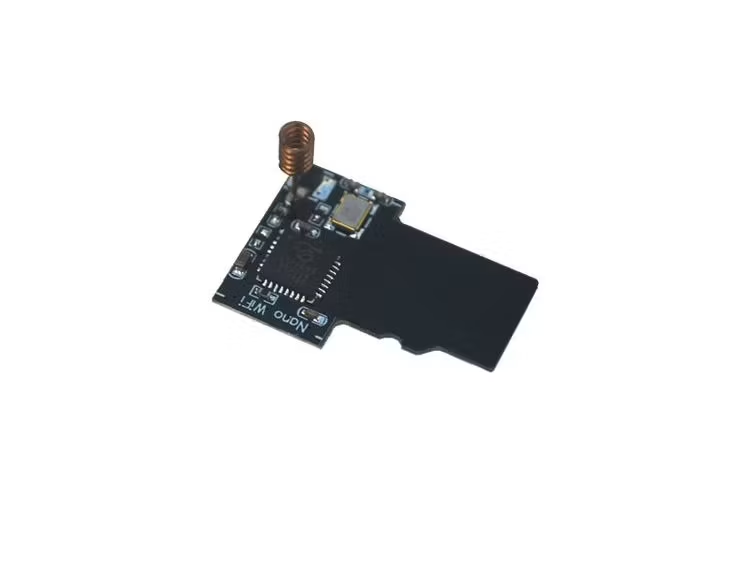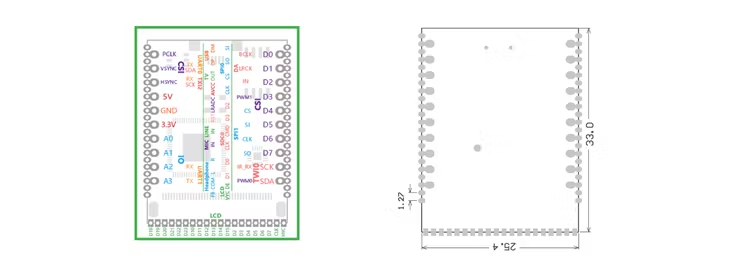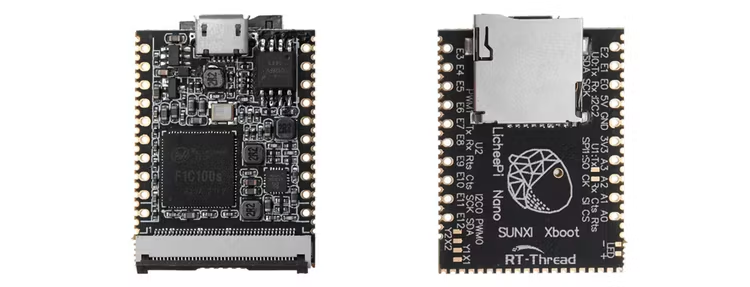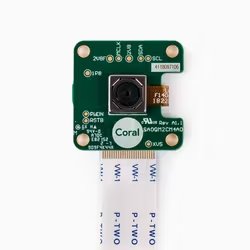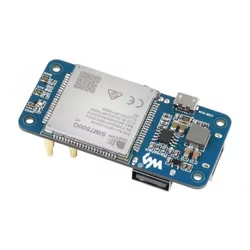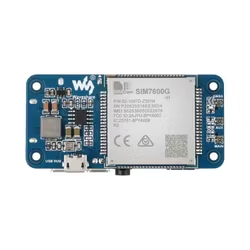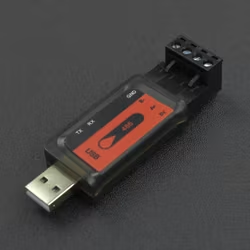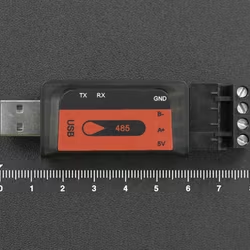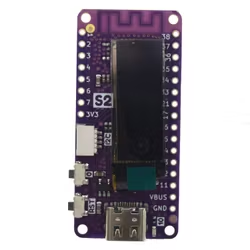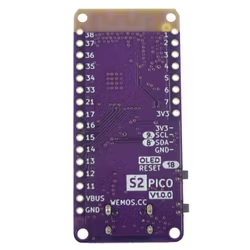Lichee Nano is an SD Card Sized Linux Flash and Wifi Development Board Powered by Allwinner F1C100s ARM9 Processor.

Features/Specifications
- CPU
-Allwinner F1C100s, ARM 926EJS processor,up to 900MHz
- Memory & storage
-32MB DDR integrated into SoC, 16MB SPI Flash
-Onboard TF Slot, can be boot from TF Card,
- Display
-40-pin RGB LCD FPC connector supporting 272×480, 480×800, 1024×600
and other resolutions resistive displays(and capacitive displays trough the adapter board).
-Support 720P video output, support video stream decoding such as H.264 / MPEG
- Communication Interface
-SDIO for WiFi module
-SPI x2, TWI x3, UART x3
-OTG USB x1, TV out
- Other interface
-PWM x2, LRADC x1
-Headphone output x2, Mic x1
- Electrical characteristics
-Input 5V via micro USB port, 3.3 to 5V via pin
-Output – 3.3V, selectable input RTC voltage
-Power Consumption – 54mA (idle) with Linux, 250mA with display
-Storage Temperature: -40~125°C; operating: -20 to 70°C
Software and development environment
- Support 3.10 BSP linux,
- Support 4.19 mainline linux,
- Support xboot bare metal development environment
- Support RT-Thread
Document
Github
BBS
Telegram
Wiki(CN Version, English version will available in Apr.)
Target application scenario:
- IoT applications using more complex communication interfaces and protocols
- The application of human-computer interaction interface that needs more beautiful and complex logic
- Application scenarios that require more operations (as opposed to common MCUs)
- Need to use open source software under Linux for rapid development scenarios
- High-end geek players balance in size, performance and ease of use.
- Entry level player, software engineer, hardware diy using familiar language

 Svenska
Svenska
